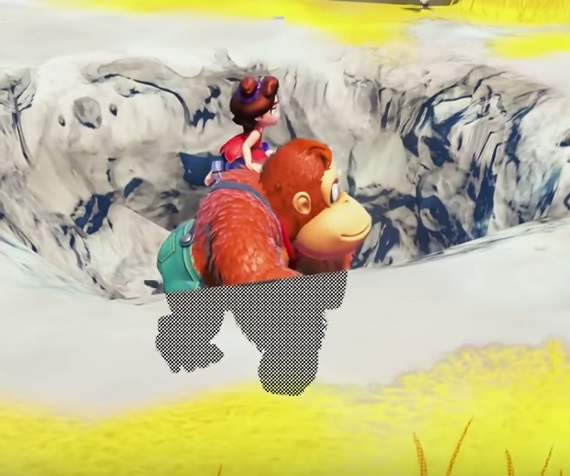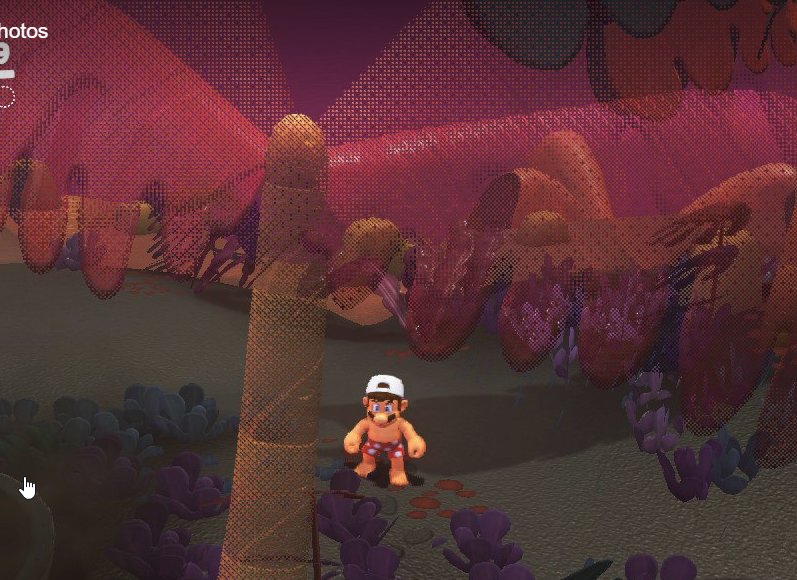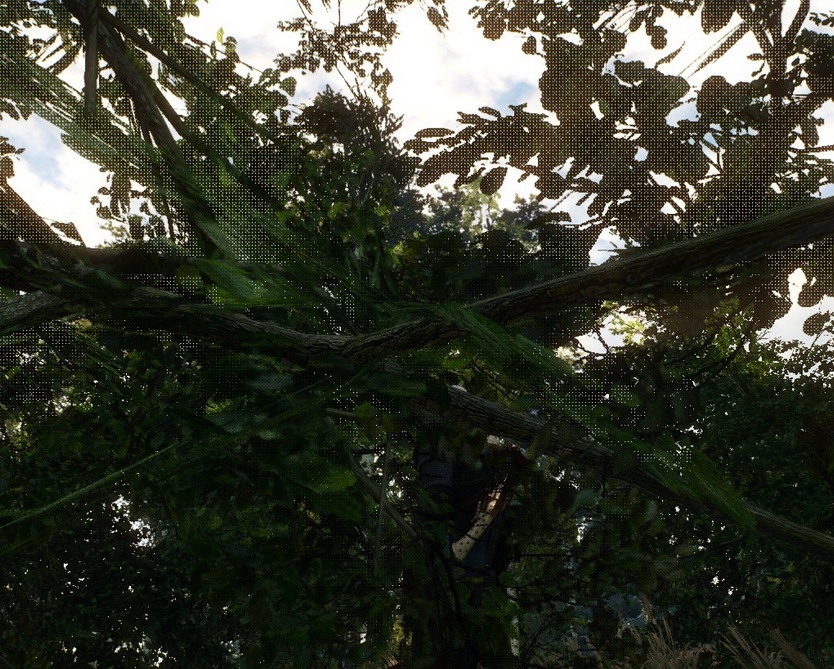nkarafo
Member
Remember the Genesis? It used dithering to blend it to fake colors and transparencies on old TVs using composite.
Remember the Saturn? And how it also used dithering because it was hard to program real transparencies because of a hardware limitation?
It's good that modern systems have no such limitations eh?
So why this?


A lot of Nintendo games seem to use this effect lately but other devs use it to dither things that get in the way of the camera, mostly foliage, for example The Witcher 3:

I remember playing a bunch of newer games where this happens, especially in stealth sections where you hide behind stuff and that stuff gets dithered.... But i don't remember the titles at the moment.
My point is.... Why even use this archaic technique on modern games? We used to get real transparencies for this effect so what happened?
Remember the Saturn? And how it also used dithering because it was hard to program real transparencies because of a hardware limitation?
It's good that modern systems have no such limitations eh?
So why this?


A lot of Nintendo games seem to use this effect lately but other devs use it to dither things that get in the way of the camera, mostly foliage, for example The Witcher 3:

I remember playing a bunch of newer games where this happens, especially in stealth sections where you hide behind stuff and that stuff gets dithered.... But i don't remember the titles at the moment.
My point is.... Why even use this archaic technique on modern games? We used to get real transparencies for this effect so what happened?

